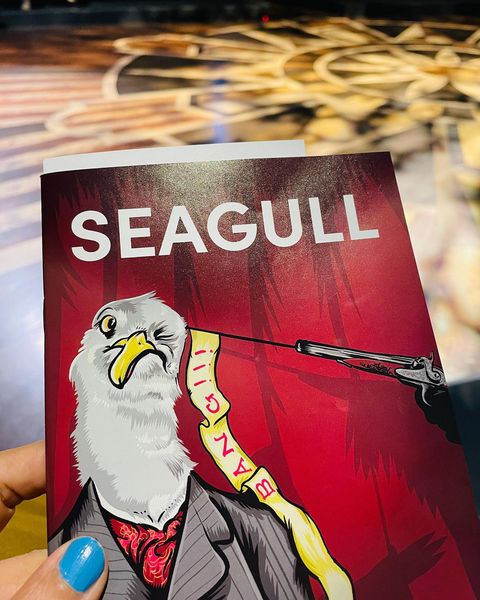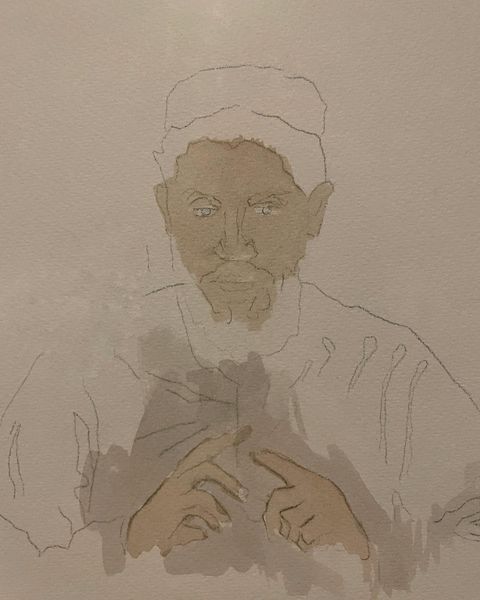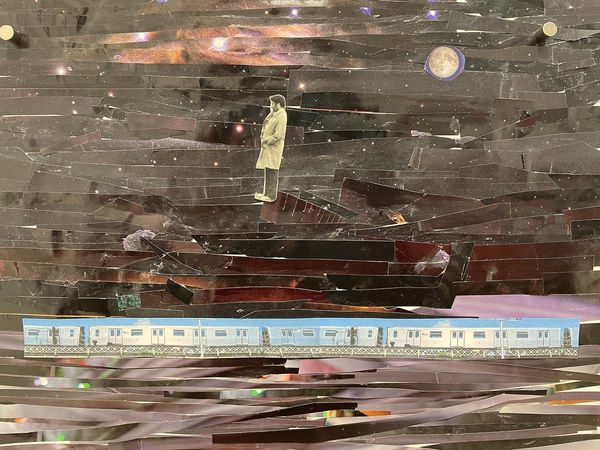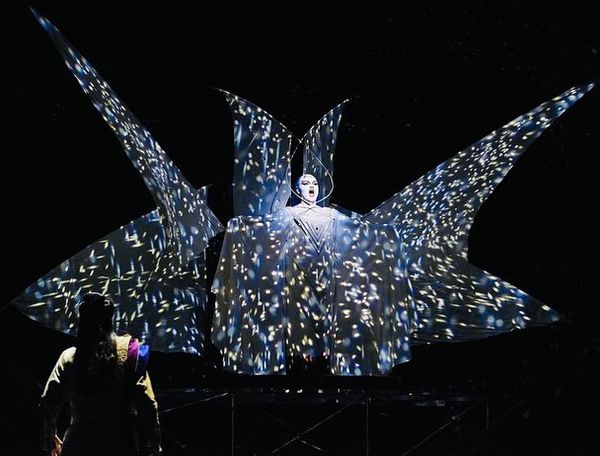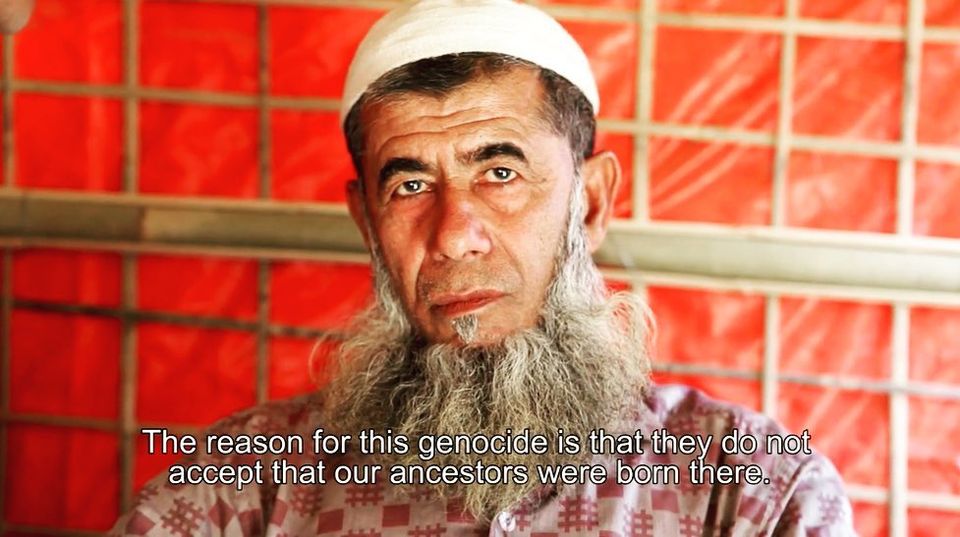‘Berlin-based Pakistani artist Bani Abidi’s photographic work, The Reassuring Hand Gestures of Big Men, Small Men, All Men (2021), is one that gently chips away at longstanding mythologies of male power. And like those myths, it works by endless repetition, in this case, and as the title suggests, of the hand gestures that have, for millennia, been an essential component of the performance of politics.’
Some of the individuals featured in this work: Muhammad Zia-ul-Haq, Ronald Reagan, Mahmoud Ahmadinejad, Alexander Lukashenko, Jair Bolsonaro, Tony Blair, Imran Khan, Narendra Modi, Vladimir Putin, Donald Trump, Joseph Stalin, Hun Sen, Robert Mugabe, Kim Jong-un, Idi Amin, Benjamin Netanyahu, John F. Kennedy, Barack Obama, Abdel Fattah el-Sisi, Omar Al-Bashir, Fidel Castro, Boris Johnson, Bill Clinton, Saddam Hussein, Haile Selassie, Jorge Rafael Videla, Pervez Musharraf, Muhammad Ayub Khan, Augusto Pinochet, Than Shwe, Kim Jong-un, Mohammad Reza Pahlavi, Muammar Gaddafi, Jean-Bédel Bokassa, etc



